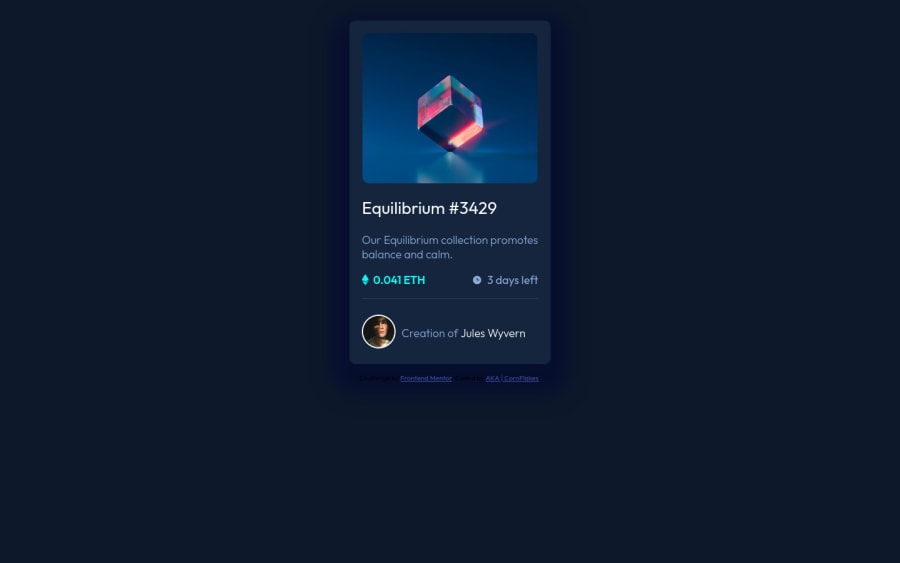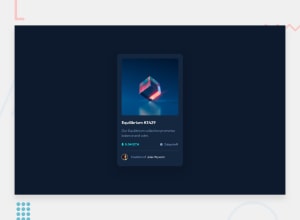
Design comparison
SolutionDesign
Solution retrospective
Another day, another challenge done. The most difficult part was trying to create the overlay effect. Had to research a ton before finally getting the result.
Any feedback is appreciated for best practice or an easier way to create the overlay effect. Thanks!!
Community feedback
Please log in to post a comment
Log in with GitHubJoin our Discord community
Join thousands of Frontend Mentor community members taking the challenges, sharing resources, helping each other, and chatting about all things front-end!
Join our Discord
